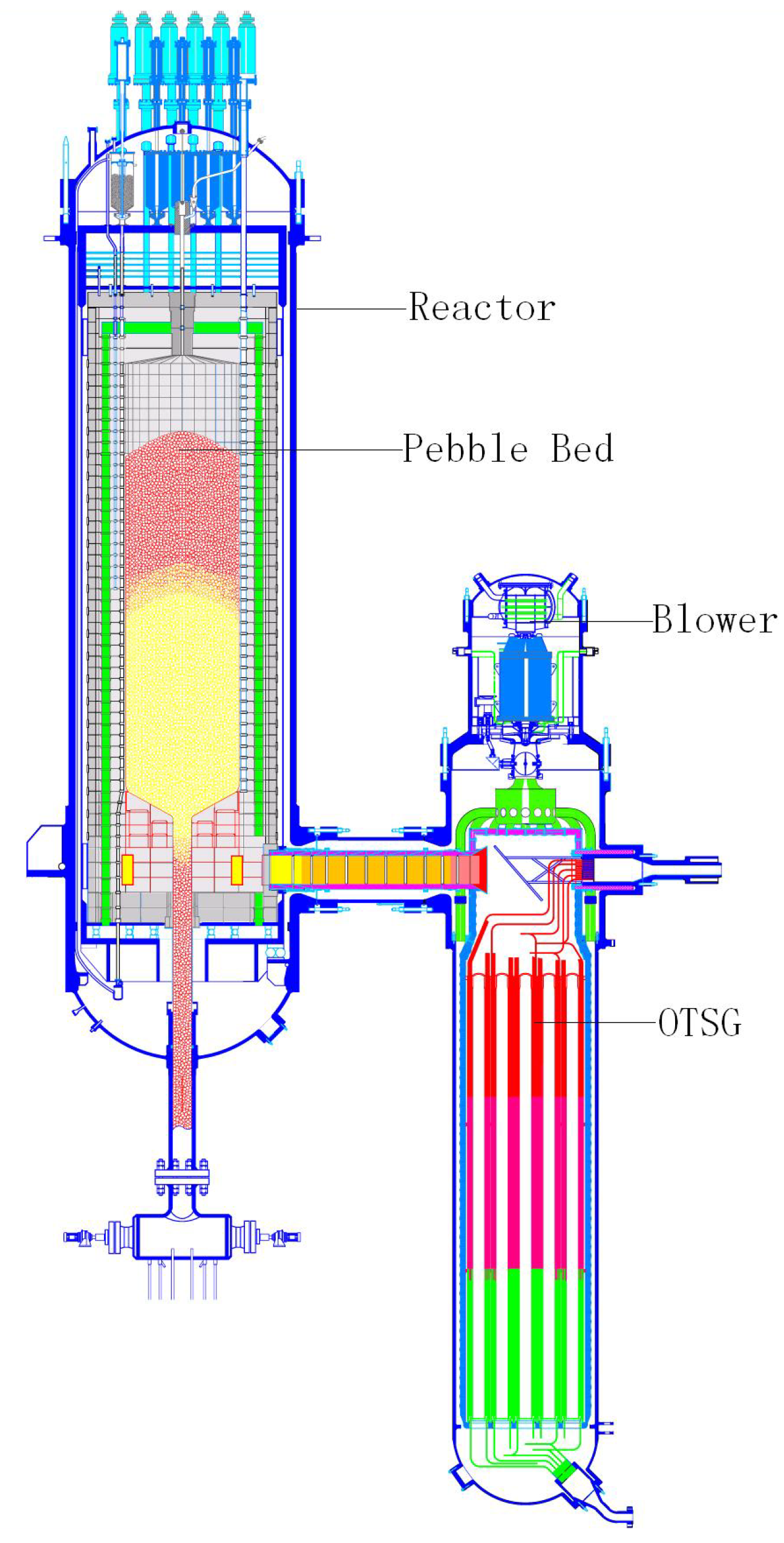

Note on “Water treated with multi-nuclide removal equipment etc.” is notated. See the Treated Water Portal Site for more detail. It can remove 62 types of radioactive materials through chemical agent-induced precipitation and multiple adsorbent. Multi-nuclide removal equipment (ALPS) is equipment dedicated to remove radioactive materials contained in contaminated water with the exception of tritium having ability to reduce the concentrations of radioactive substances to levels that meet government’s regulations. Performance confirmation tests of a robotics arm are underway to remove fuel debris at the full-scale training facility in Naraha. We plan to remove a small amount of fuel debris samples from the Unit 2. We grabbed deposits that had accumulated at the bottom of the PCV to examine their shape and size, and we also confirmed that the deposits could be moved. The following year in February 2019, we conducted a “contact investigation” for the first time during which we touched deposits in order to examine hardness and brittleness. The investigation also showed that water is dripping from above and keeping the fuel debris at the bottom cool and stable. Some of this footage showed deposits that are assumed to be fuel debris. We successfully took footage from immediately below the Reactor Pressure Vessel (RPV), where it is assumed that fuel debris exists.

In February 2018, an investigation of the inside of the Primary Containment Vessel (PCV) was conducted in preparation for fuel debris removal. Into the building from Unit 3 through pipes. An explosion also occurred at Unit 4, which was undergoing periodic inspection, due to hydrogen that flowed In Units 1 and 3, hydrogen leaking from the Primary Containment Vessel accumulated in the Reactor Building and causedĮxplosions. Hydrogen was generated due to the chemical reaction that ensued. The earthquake, thereby resulting in a loss of cooling functions.Īfter fuel cooling functions were lost, the temperature of the fuel rose causing a melt-down and a significant volume of However, these auxiliary power sources were ultimately rendered inoperable by the tsunami that struck the site following The cooling of fuel, for which power was needed, continued using onsite emergency power sources after external power Units 1~3 which were in operation at the Fukushima Daiichi Nuclear Power Station (1F), and the cooling of fuel began. The Great East Japan Earthquake, which occurred at 2:46pm on March 11, 2011, triggered an automatic scram of


 0 kommentar(er)
0 kommentar(er)
